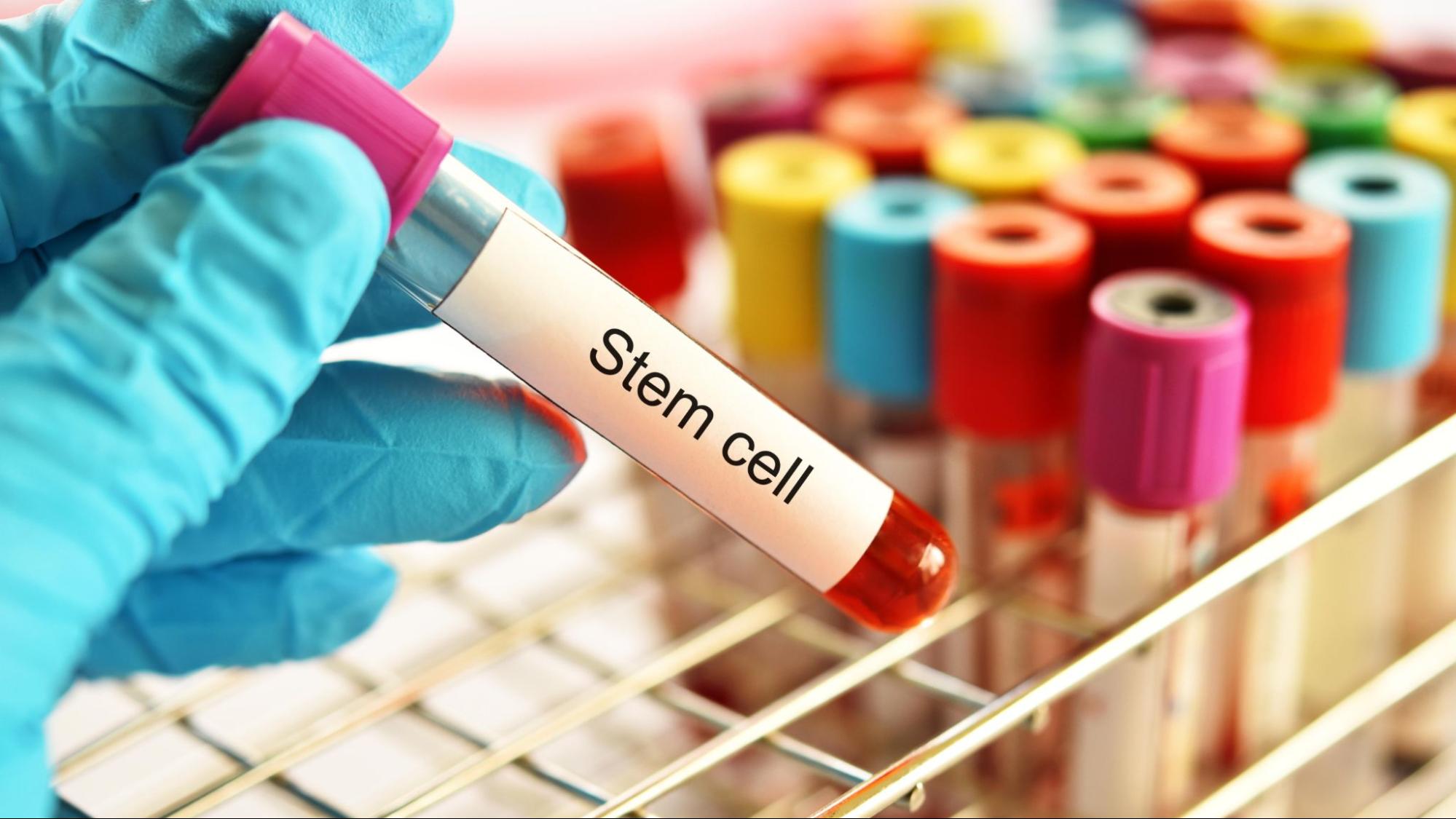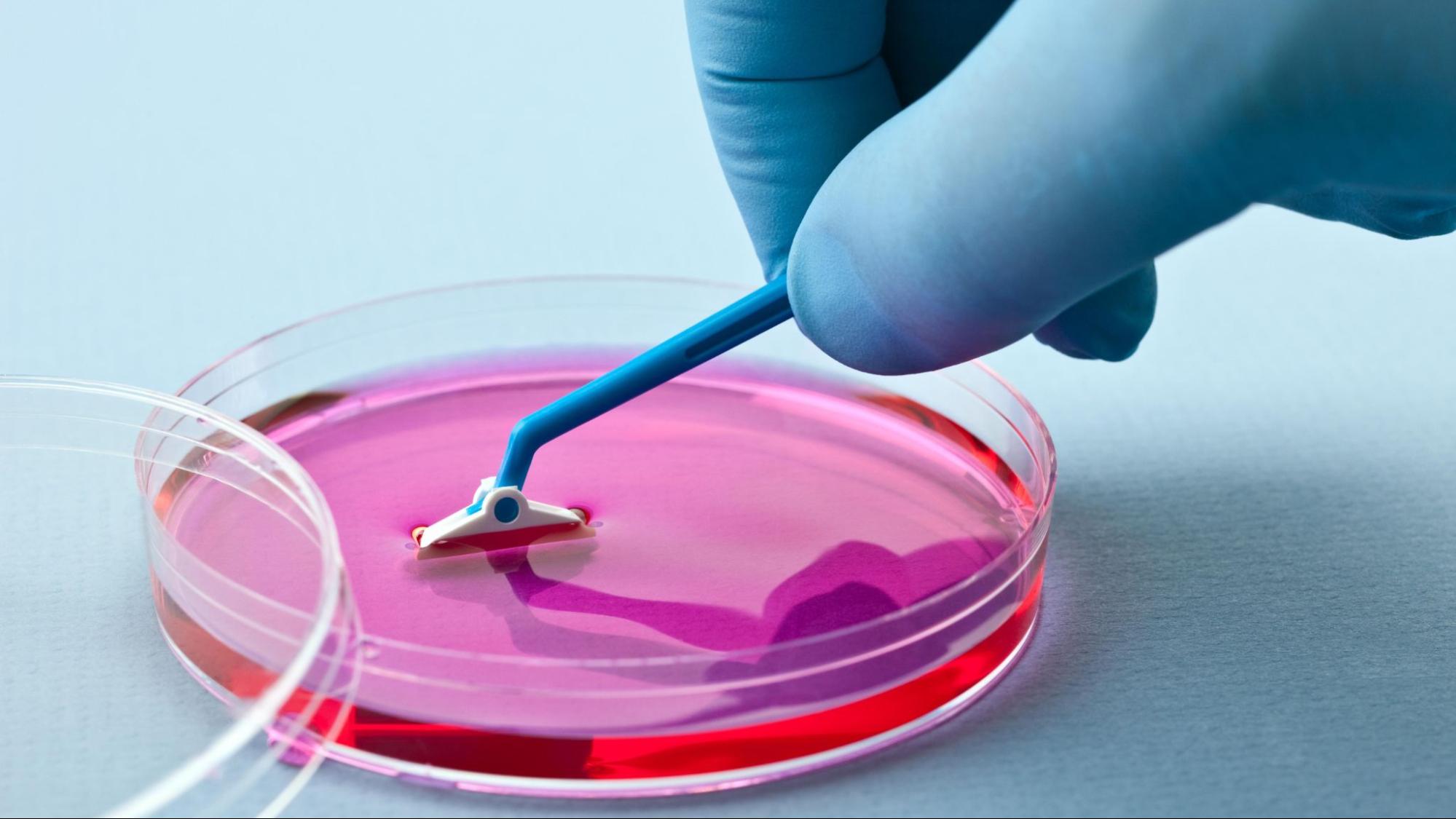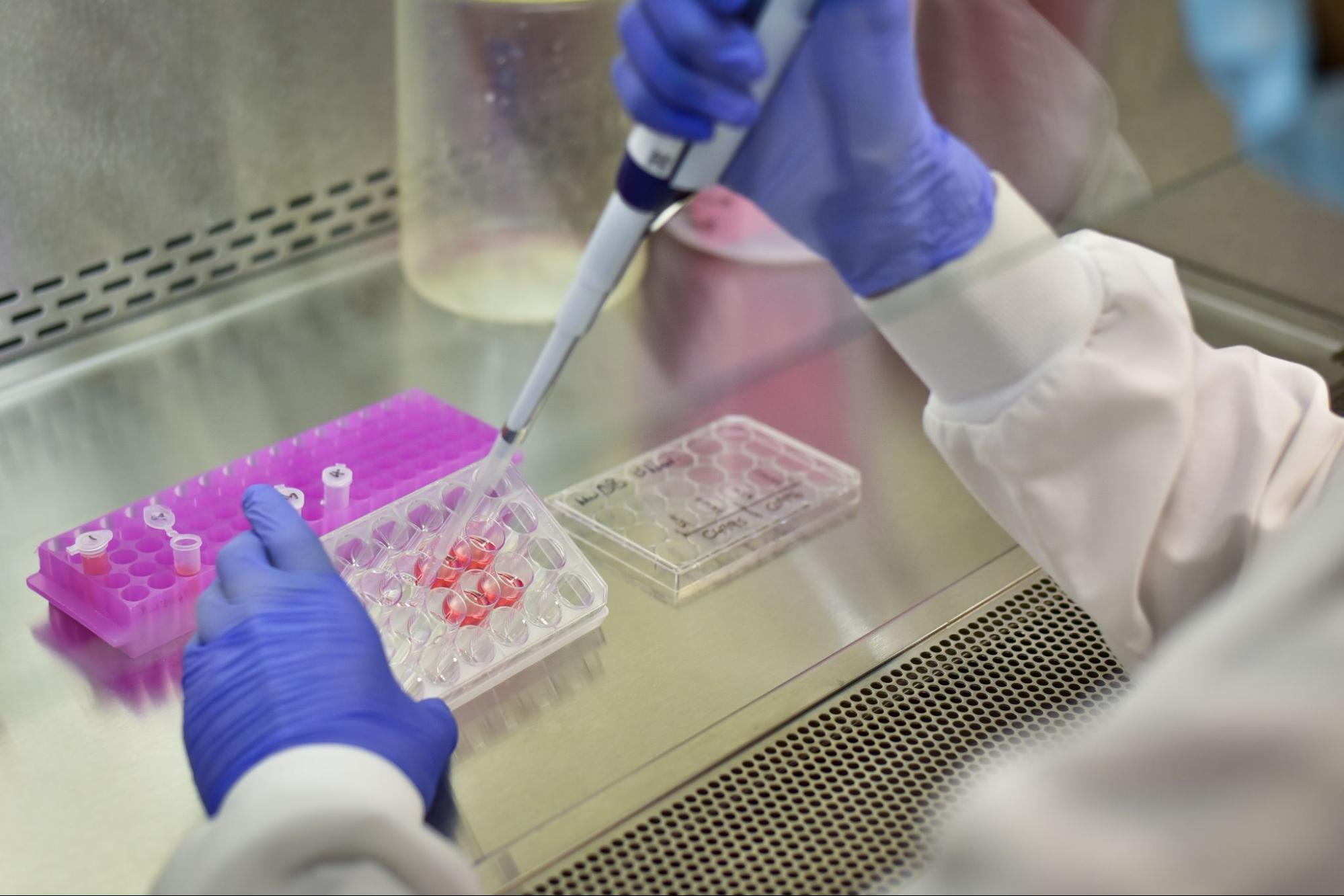
What Are Stem Cells?
Stem cells are a fascinating and essential part of biological science, holding promise for regenerative medicine, disease treatment, and scientific advancements. These unique cells possess remarkable capabilities, including developing into different cell types and regenerating damaged tissues. In this comprehensive guide, we will explore what stem cells are, their types, functions, medical applications, ethical considerations, and the future of stem cell research.
Understanding Stem Cells
Stem cells are undifferentiated cells capable of developing into specialized cell types in the body. They serve as the body’s raw materials, providing essential cells for growth, maintenance, and repair. Unlike regular cells, which have specific roles, stem cells have two defining characteristics:
Self-Renewal
They can indefinitely divide and produce more stem cells, ensuring a continuous supply of undifferentiated cells for tissue maintenance and repair. This ability allows stem cells to replenish themselves throughout an organism’s lifetime, making them vital for growth, healing, and regenerative medicine.
Differentiation
Depending on the signals they receive from their environment, stem cells can develop into specialized cell types, such as muscle cells, nerve cells, or blood cells. This process enables stem cells to contribute to tissue development and regeneration, crucial in replacing damaged or aging cells.
These properties make stem cells invaluable for medical research, regenerative therapies, and understanding developmental biology.
Types of Stem Cells
Stem cells are classified into several types based on their origin and potential to differentiate into various cell types. The primary categories include:
1. Embryonic Stem Cells (ESCs)
Embryonic stem cells are derived from early-stage embryos, typically a few days old (blastocyst stage). They are pluripotent, meaning they can differentiate into any cell type in the human body.
Advantages
- Development Into Almost Any Cell Type: They are pluripotent, meaning they can transform into any specialized cell in the human body, making them highly valuable for regenerative medicine and tissue engineering.
- Insights Into Human Development: Studying embryonic stem cells helps scientists understand how cells differentiate and form organs, shedding light on early developmental processes and potential causes of congenital disabilities or genetic disorders.
- Treatments for Various Diseases: Because of their versatility, embryonic stem cells hold promise for treating conditions such as spinal cord injuries, neurodegenerative diseases, and heart disease by generating new, healthy cells to replace damaged ones.
Disadvantages
- Risk of Forming Tumors When Transplanted: Due to their rapid and uncontrolled growth potential, embryonic stem cells can sometimes form teratomas—tumors composed of various tissue types—posing challenges for safe therapeutic applications.
- Challenges in Controlling Differentiation: Directing embryonic stem cells to develop into specific, functional cell types remains a complex process, as researchers must carefully regulate growth factors and environmental cues to ensure successful outcomes in medical treatments.
2. Adult Stem Cells (ASCs)
Also known as somatic stem cells, adult stem cells are found in tissues and organs, such as the bone marrow, brain, and liver. These cells are multipotent, meaning they can develop into a limited range of cell types related to their tissue of origin.
Advantages
- Useful for Bone Marrow Transplants: Hematopoietic stem cells (HSCs) from bone marrow are commonly used in transplants to restore healthy blood cell production in patients with leukemia and other blood disorders.
- Lower Risk of Rejection: When a patient’s stem cells are used for treatment, the risk of immune rejection is significantly reduced, leading to safer and more effective therapeutic outcomes.
Disadvantages
- Limited Differentiation Potential: Adult stem cells are typically multipotent, meaning they can only develop into a limited range of cell types related to their tissue of origin, restricting their use in some medical applications.
- Difficult to Isolate and Grow in Large Quantities: Unlike embryonic stem cells, adult stem cells are found in small numbers in tissues, making their extraction and expansion in laboratories more challenging for large-scale treatments.
3. Induced Pluripotent Stem Cells (iPSCs)
Induced pluripotent stem cells are adult cells that have been genetically reprogrammed to function like embryonic stem cells. Scientists achieve this by introducing specific genes that restore their pluripotency.
Advantages
- Avoids Ethical Issues: Since induced pluripotent stem cells (iPSCs) are created from adult cells rather than embryos, they provide a powerful alternative for research and therapy without raising the same ethical concerns as embryonic stem cells.
- Generated From a Patient’s Cells: Because iPSCs can be derived from a person’s cells, they are less likely to be attacked by the immune system when used for treatments, improving compatibility and effectiveness.
- Possibilities for Personalized Medicine: iPSCs can be tailored to an individual’s genetic makeup, allowing for customized treatments and disease modeling that could lead to more precise and effective therapies.
Disadvantages
- Reprogramming Cells Carries Risks: Inducing pluripotency involves genetic modifications that can lead to unexpected mutations, increasing the risk of abnormalities or cancerous growths in the resulting cells.
- Still a Relatively New Technology: While iPSCs hold great promise, their long-term safety, stability, and effectiveness need extensive study before they can be widely used in clinical applications.
4. Perinatal Stem Cells
These stem cells are derived from umbilical cord blood, placental tissue, and amniotic fluid. Depending on their source, they are considered multipotent or pluripotent.
Advantages
- Easily Collected at Birth Without Harm: Perinatal stem cells, derived from umbilical cord blood, placental tissue, and amniotic fluid, can be safely obtained at birth without posing any risk to the baby or mother, making them a non-invasive and ethically favorable source of stem cells.
- Shows Promising Regenerative Capabilities: These stem cells have demonstrated the ability to repair and regenerate tissues, making them a potential treatment option for various conditions, including neurological disorders, blood diseases, and immune system deficiencies.
- Lower Risk of Rejection in Transplants: Because perinatal stem cells are young and less likely to trigger an immune response, they are often more compatible for transplants, reducing the chances of rejection compared to adult stem cells from unrelated donors.
Disadvantages
- Limited Research: While perinatal stem cells show great promise, they have not been studied as extensively as embryonic or adult stem cells, meaning their full potential and therapeutic applications are still being explored.
- Ethical Concerns: Although umbilical cord blood and placental stem cells are widely accepted, obtaining stem cells from amniotic fluid may raise ethical concerns, particularly if it involves invasive procedures that could pose risks during pregnancy.

The Function and Role of Stem Cells in the Body
Stem cells play a crucial role in maintaining and repairing tissues. Their functions include:
Regeneration
Replacing damaged or dead cells in tissues such as skin, blood, and the gut.
Development
Facilitating embryonic growth by forming various organs and tissues.
Immune System Support
Producing new blood cells in bone marrow is crucial for immune function.
Repair Mechanisms
Aiding in wound healing and tissue recovery from injuries.
Due to their regenerative properties, stem cells have become a focal point for medical research and treatment.
Medical Applications of Stem Cells
Stem cell therapy is revolutionizing medicine by offering solutions for previously untreatable diseases. Here are some of the most promising applications:
Regenerative Medicine
Stem cells have the potential to regenerate damaged tissues and organs. For example:
Heart Disease
Stem cell therapy may repair heart tissue after a heart attack.
Spinal Cord Injuries
Researchers are investigating stem cells to restore nerve function in paralysis cases.
Burn Treatment
Stem cells can generate new skin cells for treatment for burn victims.
Amniotic Grafts
Amniotic stem cells, derived from the amniotic membrane and fluid, are increasingly used in regenerative medicine due to their anti-inflammatory and healing properties. Amniotic grafts are particularly valuable in healing chronic skin conditions, corneal repair, and soft tissue regeneration, making them a promising tool in reconstructive treatments.
Neurological Disorders
Stem cells are being explored for treating conditions like:
Parkinson’s Disease
Stem cell-derived neurons could replace damaged brain cells.
Alzheimer’s Disease
Stem cell research aims to restore cognitive functions.
Multiple Sclerosis (MS)
Stem cells may repair nerve damage caused by MS.
Blood Disorders and Cancer
Stem cell therapy has revolutionized the treatment of blood-related diseases and various forms of cancer by replenishing healthy blood cells and supporting immune function.
Leukemia and Lymphoma
Bone marrow transplants use hematopoietic stem cells (HSCs) to replenish blood cell production.
Sickle Cell Anemia
Stem cells can generate healthy red blood cells, potentially curing the disease.
4. Diabetes Treatment
Scientists are working on using stem cells to generate insulin-producing pancreatic cells, offering potential cures for Type 1 diabetes.
5. Organ Transplantation and Tissue Engineering
Stem cells may provide an alternative to traditional organ transplants by growing tissues and organs in laboratories.
Ethical Considerations in Stem Cell Research
Despite the promising medical applications, stem cell research raises ethical concerns, particularly regarding embryonic stem cells. The main debates include:
Use of Human Embryos
Some argue that destroying embryos for research is unethical, while others believe the potential medical benefits justify their use.
Cloning and Genetic Modification
Concerns exist about using stem cells for reproductive cloning or genetic enhancements.
Consent and Commercialization
Concerns exist about the commercialization of stem cells, including patents and the exploitation of donors.
Many countries have established regulations to balance scientific progress with ethical considerations.
The Future of Stem Cell Research
Stem cell research continues to evolve, offering exciting possibilities for medicine. Future directions include:
Advancements in Induced Pluripotent Stem Cells (iPSCs)
Scientists aim to refine iPSC technology to eliminate risks and improve its effectiveness for regenerative medicine.
3D Bioprinting
Stem cells are used in bioprinting to create tissues and potentially entire organs for transplantation.
Gene Editing and CRISPR Technology
Researchers can correct genetic defects and develop personalized treatments by combining CRISPR with stem cells.
Personalized Medicine
Stem cells may enable treatments tailored to individual patients, reducing rejection risks and improving outcomes.
Artificial Womb and Embryo Models
Scientists are exploring the development of artificial wombs and synthetic embryos to study human development and improve infertility treatments.

What Are Stem Cells and Why Are They Beneficial?
Stem cells represent one of the most promising frontiers in modern medicine. Their ability to regenerate tissues, treat diseases, and provide insights into human biology makes them invaluable. While ethical considerations remain, ongoing research and technological advancements continue to push the boundaries of what is possible. As science progresses, stem cells could revolutionize healthcare, offering new treatments and potential cures for some of the most challenging diseases. The future of stem cells is bright, and continued research will unlock even more groundbreaking applications in medicine and biology.
Check out our Stem Health Plus blog for more in-depth discussions on stem cell advancements, their benefits, and emerging treatments. Their expert insights will keep you up to date on the latest research and breakthroughs in stem cell science.
